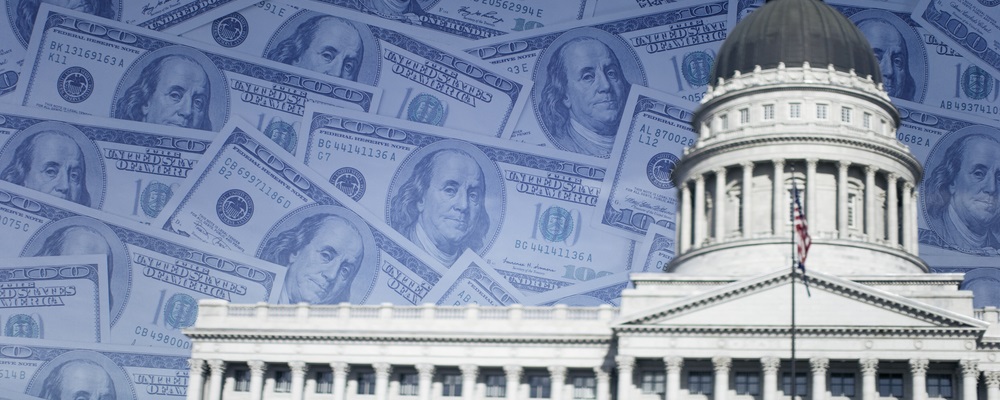Elbridge Gerry was born 273 years ago last Monday. I think he gets a bad rap.
A phrase much in the news these days is gerrymandering, meaning the official drawing of the boundaries of an electoral constituency to favor a political party or group.
In its coming October term, the U.S. Supreme Court has agreed to decide in Gill v. Whitford whether electoral maps drawn deliberately to favor one political party are acceptable under the U.S. Constitution.
That decision could have a major impact on future U.S. elections.
But will it really change anything?
The Forgotten Father
Gerrymandering takes its name from Elbridge Gerry (1744-1814), the fifth vice president of the U.S., who served with President James Madison. Gerry is one of those distinguished Founding Fathers few people know.
Gerry signed both the Declaration of Independence and the Articles of Confederation. He was one of three who refused to sign the 1787 Constitution because it then had no Bill of Rights.
But he is remembered because in 1811, when he was governor of Massachusetts, the legislature approved highly partisan state Senate districts that looked like salamanders. Thus, the word “gerrymander.”
I first met Elbridge Gerry (sort of) when I lived in the Capitol Hill neighborhood in Washington, D.C.
My encounter occurred while running with my Jack Russell terriers in the historic Congressional Cemetery, 18 blocks from the Capitol. I was surprised to find Gerry’s grave there; he never went home to Marblehead, Massachusetts. There he sleeps, not far from J. Edgar Hoover, John Philip Sousa, Mathew Brady and many other notables.
Carving Up the States
Article 1, Section 2, of the U.S. Constitution requires that every decade the federal government conduct a census. Current law divides the country into 435 congressional districts, each with a population of about 710,000.
In most states, the legislature draws boundaries for state and U.S. legislative districts; in a few, special commissions do this. Some technocrats have suggested that nonpolitical computers should do redistricting.
In 1962, in Baker v. Carr, the U.S. Supreme Court decided that federal courts could intervene in redistricting cases. “One man, one vote,” it ruled. Since then the court has ruled concerning compactness and racial composition, but it never addressed intentional partisan advantage. That’s why the pending Gill v. Whitford case in Wisconsin, and another from my home state of Maryland, have such importance. Other cases are pending in Texas and North Carolina.
Gerrymandering is in the eye of the beholder. Both political parties do it whenever they can, then attack the opposition when they do it. Perhaps the applicable phrase here is President Donald Trump’s inelegant defense of his son’s meeting with a Russian agent offering dirt on Hillary Clinton: “That’s politics!”
The Ills of Democracy
Psychology suggests that people perceive and interpret ambiguous or complex issues in the simplest form possible. We prefer things clear and ordered so that they seem safer and take less time to process intellectually.
In Politico’s “Gerrymandering Isn’t Evil,” much of the argument is called a myth, a too-simple explanation for bitter partisan battles promoted by well-intentioned reformers. Evidence from political science research shows only weak correlations between gerrymandering, polarization and electoral competitiveness.
Is it really a dire problem, the solution of which will right all wrongs?
Conventional wisdom constantly repeats that there is not enough bipartisanship in our politics. But some of the greatest sufferings inflicted on Americans by political elites were committed on a bipartisan basis.
My fellow Marylander, the late HL Mencken, once described democracy as “the theory that the common people know what they want, and deserve to get it good and hard.”
I am fearful of how that syncs with the solution of the late governor of New York, Al Smith, who advised: “The only cure for the ills of democracy is more democracy.”
Yours for liberty,

Bob Bauman, JD
Chairman, Freedom Alliance
Editor’s Note: Bob Bauman and many other financial experts from around the world are flying to an exclusive event in South Florida with the bold initiative of helping you create your own $10 million bull market. If you’d like to achieve mega-millionaire status, then click here to find out how you can get access to all of these experts’ best secrets and strategies.









